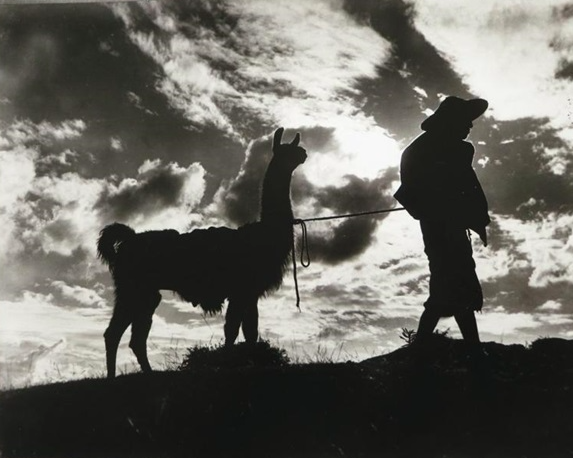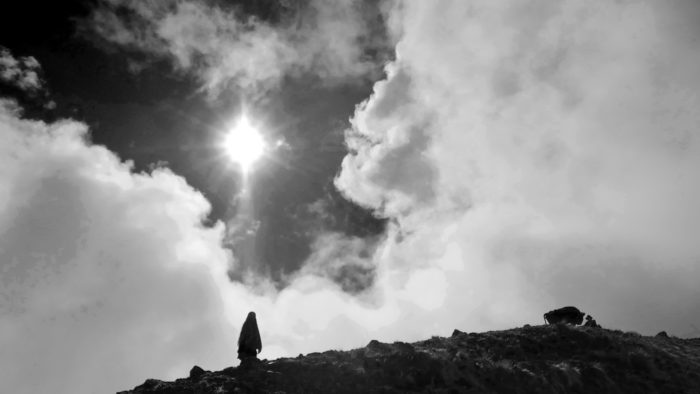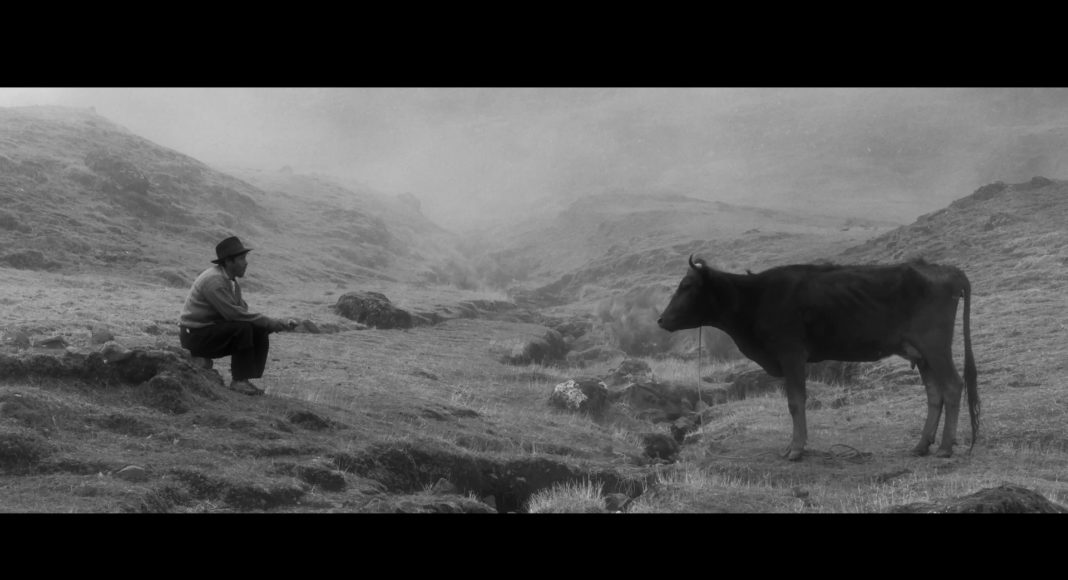Samichay, In Search of Happiness received honourable mentions for Best Opera Prima and Best Peruvian Film at the Lima Film Festival in August. It will screen online in Peru’s first ever national online film premiere, from October 8-10, 2020. Importantly, ticket prices are accessible, costing just 4.9 soles – around £1.
A collaborative effort between Quechua Films and Quinta Production Films, Samichay, en Busca de la Felicidad is a remarkable work which simultaneously grapples with the specificities of the Peruvian Andean experience whilst exposing its viewers to universal feelings of loss, isolation and grief.
Its experimentalist, documentary style eschews cinematographic tradition. This is a contemporary Peruvian oeuvre, intimately familiar with the nation’s indigenous past and present. Filmed almost entirely in Quechua, a language native to the Peruvian Andes, Samichay follows both the physical and emotional journey of hermit Celestino as he goes from loss to loss and faces chronic hardship.
Samichay’s quasi-neorealist cinematography works in tandem with the narrative of loss and displacement. With long, static shots and filmed entirely in black and white, the photographic quality of the film is uniquely mesmerising. With the Andes as the mise-en-scène’s favourite backdrop, Samichay is reminiscent of the work of twentieth-century Peruvian photographer Martín Chambi.
A photograph, whilst it immortalises a moment, a people, is also unapologetically fleeting. It reminds us of the intangibility of a world so remote, a world only accessible to us through the lens of another. Capturing moments unique to the Andean indigenous experience, Deborah Poole remarks how Chambi used photography ‘as a medium through which to record what he saw to be a rapidly disappearing historical or “authentic” Andean Indian.’
In Samichay, we see the Indian undergoing a process of vanishing. With death and emigration as key themes, we are left with the mountains as the protagonist of the film; the only constant in this distant world in the highlands. In a sublime evocation of its grandiosity, Samichay’s landscape shots remind us of how this mountain range, once home to an entire civilisation, is now a melancholic, lonely place for those who remain. Remote and spectral, we contemplate it as it appears before us in all its stillness and constancy.
Nowhere is the image of Andean loneliness more apparent than in one of Chambi’s most celebrated works, ‘La llama y el llamero’ (1936). As Celestino endlessly travels through the highlands with his last remaining companion, his cow, it seems that Samichay is conscious of Chambi’s image of solitude, fully embracing the beautiful cynicism of indigenous isolation.
Rather than a search for happiness as the title suggests, what we see instead in Samichay is a man in despair, searching for a means of survival. Forcing us to equate happiness with survival in this way, we are confronted by the reality of the often bleak and treacherous existence many indigenous people face in a nation from which they feel alienated and betrayed. As such, indigenous pride and resistance in Samichay is articulated via painful existences; painful experiences. For, in spite of Celestino’s pain, he still exists, and fights to continue existing. This is perhaps the most powerful message we must take away.
Sources and further reading:
Jorge Coronado, The Andes Imagined: Indigenismo, Society, and Modernity
Joanna Crow, Photographic Encounters
Deborah Poole, Vision, Race, and Modernity: A Visual Economy of the Andean Image World





